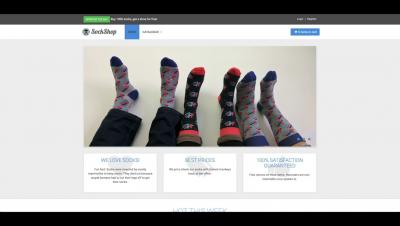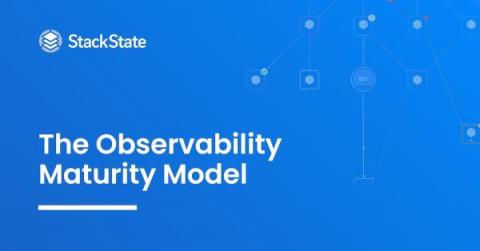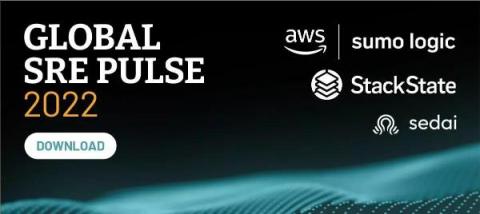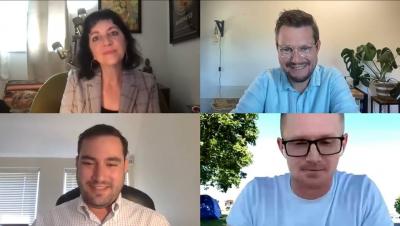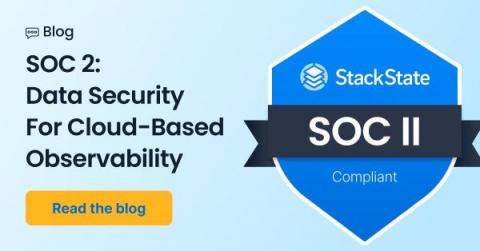Operations | Monitoring | ITSM | DevOps | Cloud
StackState
Changes are Observability's Biggest Blind Spot
Classically, the space of observability lies within layers of information on a dashboard. It operates by using the fundamental trio of data — metrics, logs and traces — from each layer of the environment to assess the health of an IT infrastructure. However, a time component is critical, making the stack observable at any point in time. Gathering reliable data and insights into your IT infrastructure remains the primary role of observability tools and services.
Real World Insights - My Take on the Observability Maturity Model
A prelude to our upcoming six-part Observability Maturity Model Fundamentals blog series. By Lodewijk Bogaards At StackState, we have spent eight years in the monitoring and observability spaces. During this time, we have spoken with countless DevOps engineers, architects, SREs, heads of IT operations and CTOs, and we have heard the same struggles over and over.
Anomaly Detection and AIOps - Your On-Call Assistant for Intelligent Alerting and Root Cause Analysis
In this blog, we examine how anomaly detection helps by setting up healthy alerts and providing efficient root cause analysis. Anomaly detection, part of AIOps, guides your attention to the places and times where remarkable things occurred. It reduces information overload, thereby speeding up RCA investigation.
Site Reliability Engineering, Site Reliability Engineers and SRE Practices: State of Adoption
Site reliability engineering (SRE) is what you get when you treat operations as if it’s a software problem. The mission of an SRE practice is to protect, provide for and progress the software and systems offered and managed by an organization with an ever-watchful eye on their availability, latency, performance and capacity.1.
AIOps: Hype vs. Reality
What is AIOps? How does an AIOps platform help your observability practice? AIOps platforms analyze telemetry and events, and identify meaningful patterns that provide insights to support proactive responses. AIOps platforms have five characteristics:1 The above is Gartner’s definition and is part of the Gartner® “Market Guide for AIOps Platforms.” The Gartner definition is also aligned with our view.
StackPod: Jujhar Singh of Thoughtworks on Why Technology Is Always About People
A few episodes ago, we talked with fellow podcaster and tech evangelist Dotan Horovits. During that episode, Dotan shared that he wrote a blog post with Jujhar Singh called “How Much Observability Is Enough?” which is definitely a recommended read if you’re implementing observability and feeling overwhelmed. After reading this article, we were eager to invite Jujhar to the StackPod as well, to dive into this topic a bit more.
Research Report Observability at the Speed of Innovation 2022
SOC 2: Data Security For Cloud-Based Observability
As more companies adopt SaaS services over on-premise delivery models, there is a natural concern around data security and platform availability. Words on a vendor’s website can provide insights to prospective customers on the process and policies that companies have in place to alleviate these concerns. However, the old adage of “actions speak louder than words” does apply. Trust in a website’s words only goes so far.
StackPod: Making Customers Successful With Martin Lako of StackState
A while ago, we asked our customers to write reviews about their experiences working with us. With an average rating of 4.6 out of 5 and ten reviews submitted and published within two weeks, we were humbled by the responses. As our CEO, Toffer Winslow wrote, “Perhaps the thing I was most proud of…was just how frequently our customers commented on the high quality of StackState employees they interact with and the caliber of service we deliver.”


